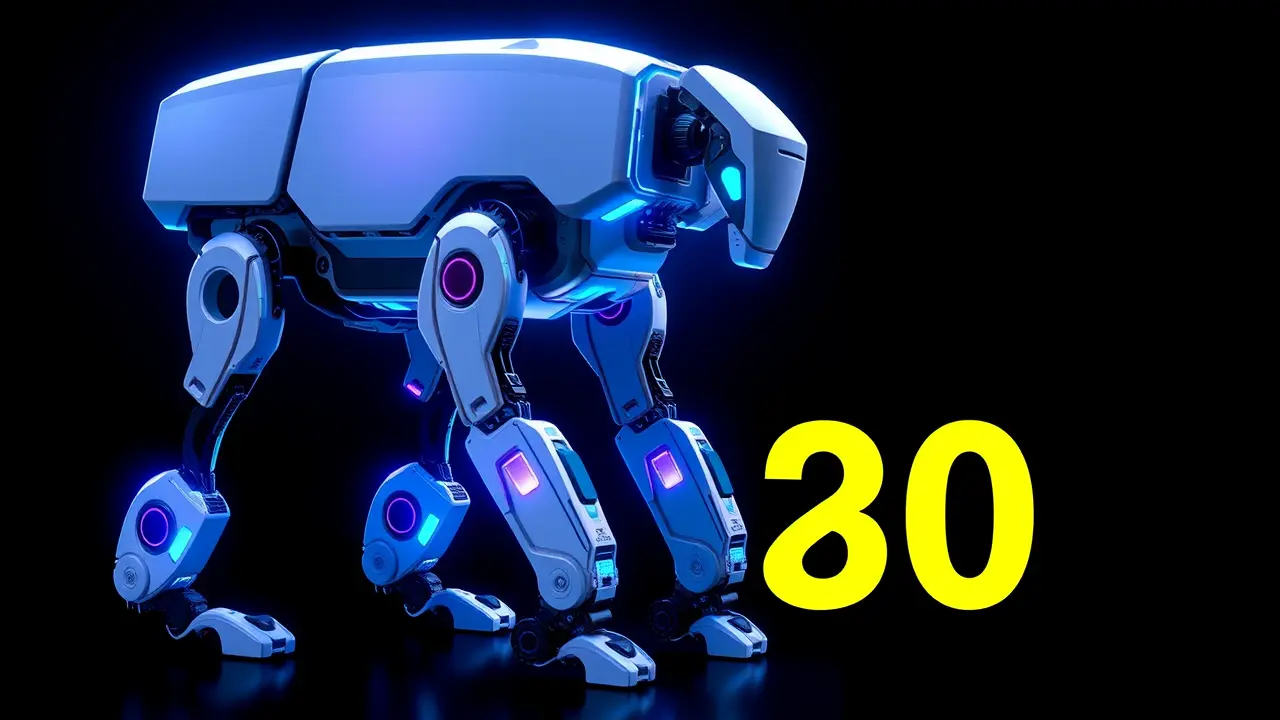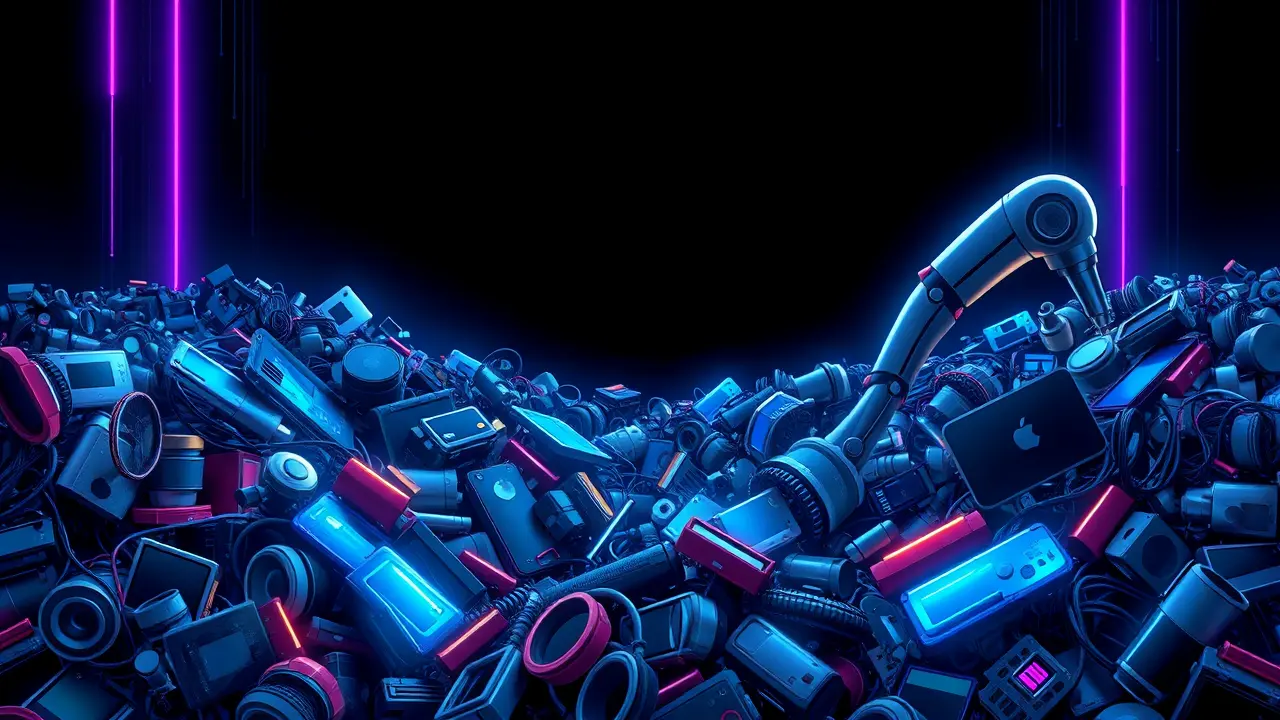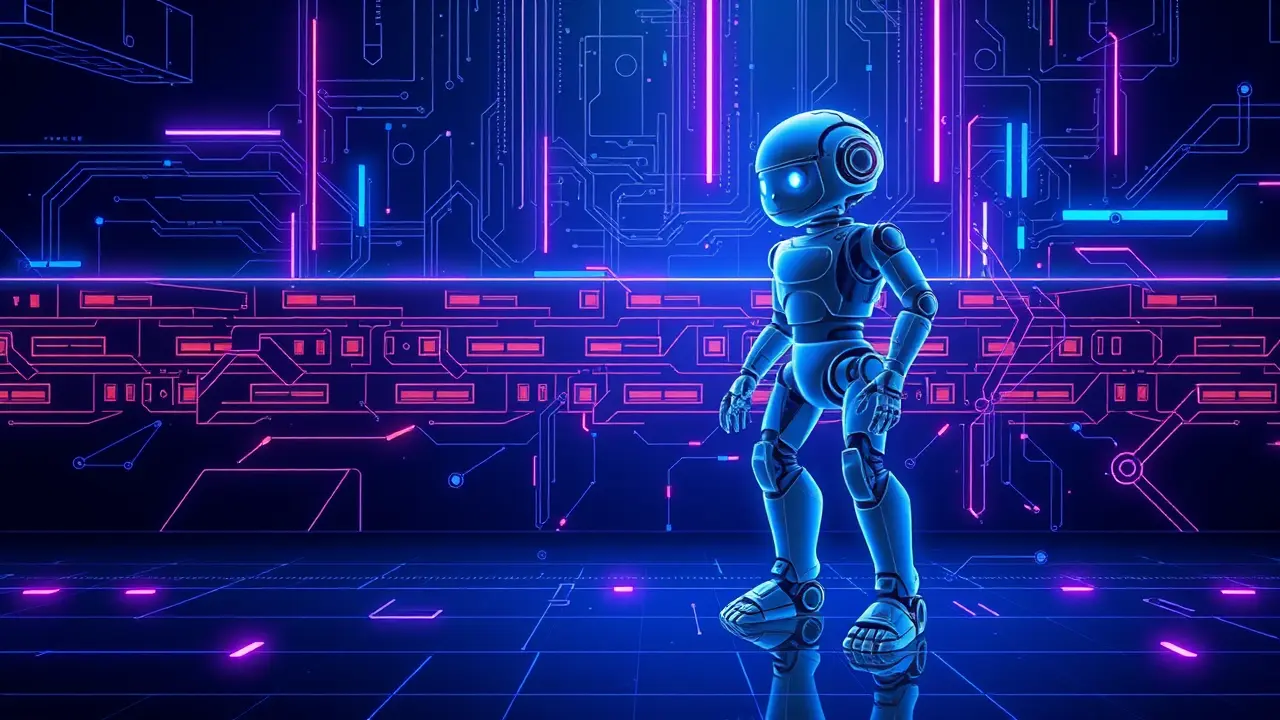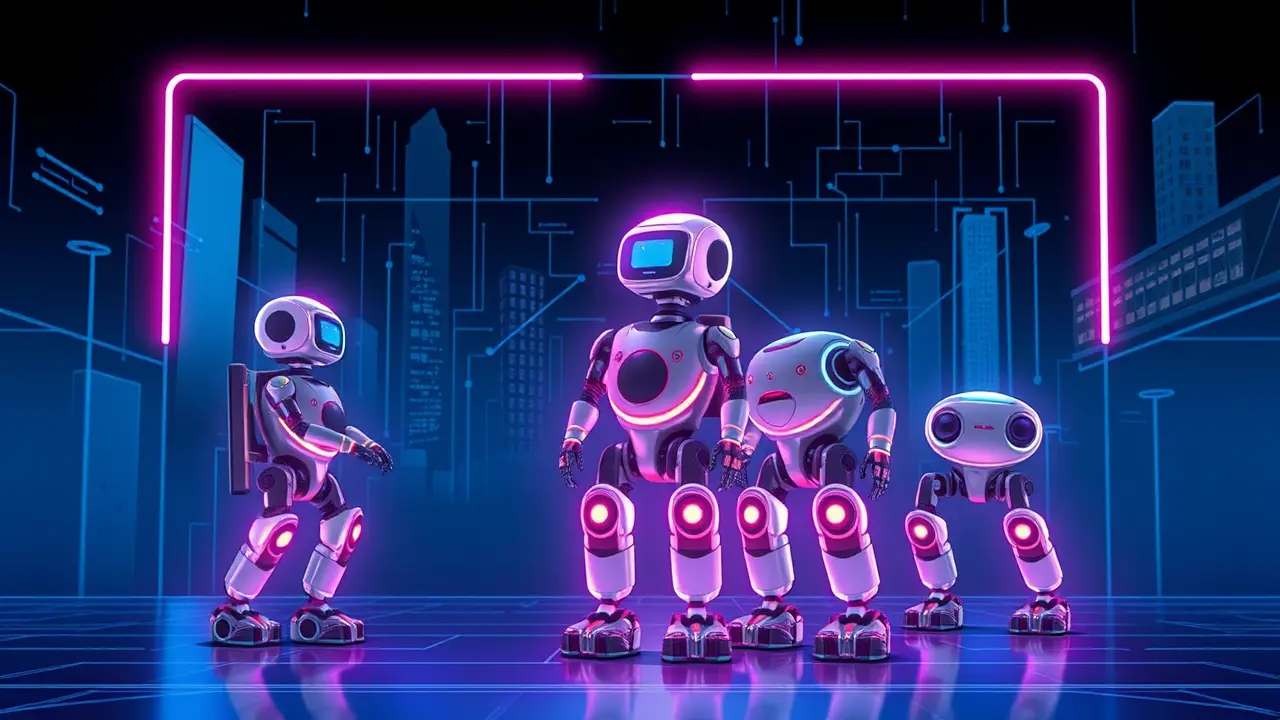
AIroboticsHumanoid Robots
UBTech Secures Major Factory Orders for Humanoid Robots.
DA
Daniel Reed
3 hours ago7 min read1 comments
In a development that signals a tangible shift from research spectacle to industrial reality, UBTech Robotics has announced the securing of factory orders for its humanoid Walker S2 model exceeding 800 million yuan (approximately US$113 million) this year. This isn't merely a sales milestone; it's a robust data point in the ongoing experiment of integrating humanoid forms into structured workflows.The Shenzhen-based company's latest disclosure, a 159 million yuan order from an entity in Zigong, Sichuan province, follows a larger 250 million yuan commitment secured in September, painting a picture of accelerating adoption within specific Chinese industrial corridors. This trajectory is particularly noteworthy given UBTech's position since its 2023 pivot towards more commercially viable platforms, moving beyond the theatrical demonstrations that once dominated the humanoid space.The underlying architecture of models like the Walker S2 represents a fascinating convergence of technologies: advanced bipedal locomotion must be seamlessly married with sophisticated manipulation capabilities, all governed by AI that can interpret and execute complex, multi-step tasks in dynamic environments. This push is not happening in a vacuum; it reflects a broader strategic imperative within China's manufacturing sector to counter demographic shifts and rising labor costs with automation, but automation that can slot into existing infrastructure designed for human proportions.The true test, however, extends beyond mechanical precision. It lies in the development of the 'cognitive' layer—the AI that can handle the exceptions, the unexpected tool slippage, the ambiguous verbal instruction from a human supervisor.While proponents see this as a precursor to a generalized humanoid worker, skeptics rightly question the cost-benefit analysis against more established, single-purpose robotic arms and automated guided vehicles. The substantial capital flowing into UBTech's order books suggests that certain industries—perhaps electronics assembly, logistics, or high-precision manufacturing—are finding the flexibility of a humanoid form factor to be a worthwhile investment despite the premium.This mirrors early industrial revolutions where general-purpose machines eventually superseded highly specialized ones, but the path for humanoids is fraught with challenges in power management, safety certification, and societal acceptance. The data generated from these initial deployments will be invaluable, not just for UBTech but for the entire field, offering a real-world proving ground for the algorithms that will define the next generation of embodied AI. As these units move from the controlled lab to the chaotic factory floor, every successful cycle and every unforeseen failure becomes a critical learning iteration, pushing us incrementally closer to a future where human-robot collaboration is not a sci-fi trope but an operational standard.
#featured
#UBTech
#Walker S2
#humanoid robots
#factory automation
#manufacturing
#China tech
#industrial robotics
Stay Informed. Act Smarter.
Get weekly highlights, major headlines, and expert insights — then put your knowledge to work in our live prediction markets.
Related News
© 2025 Outpoll Service LTD. All rights reserved.












